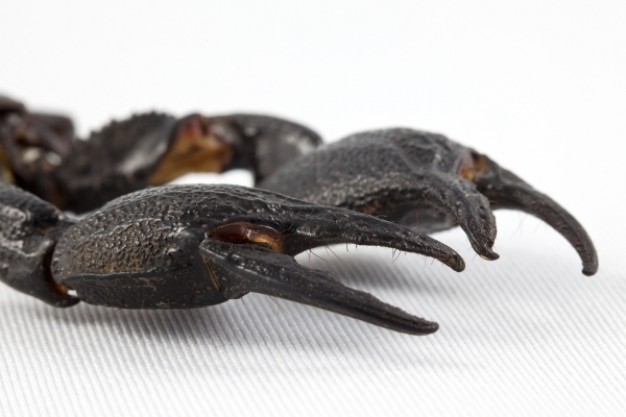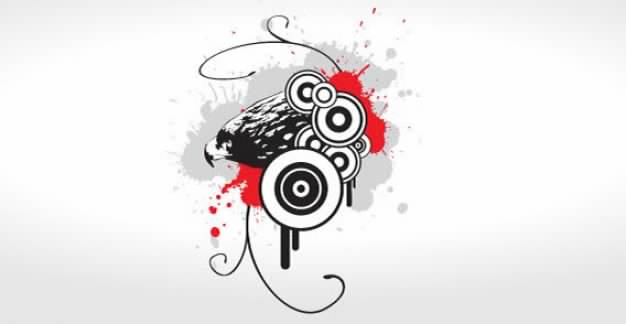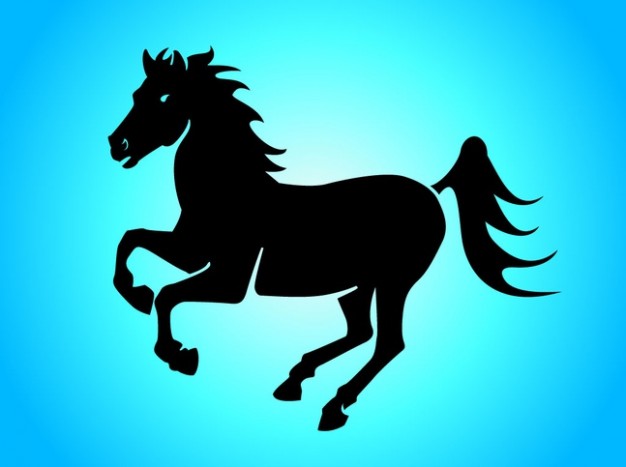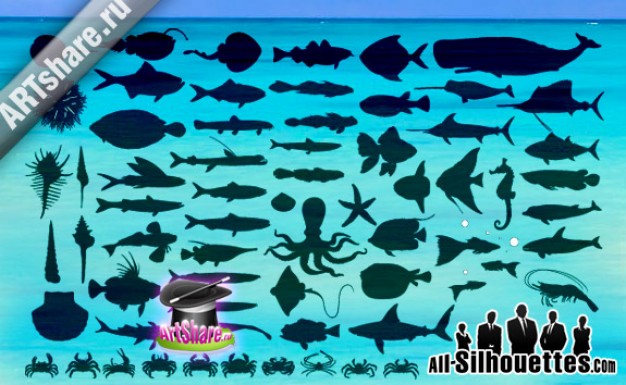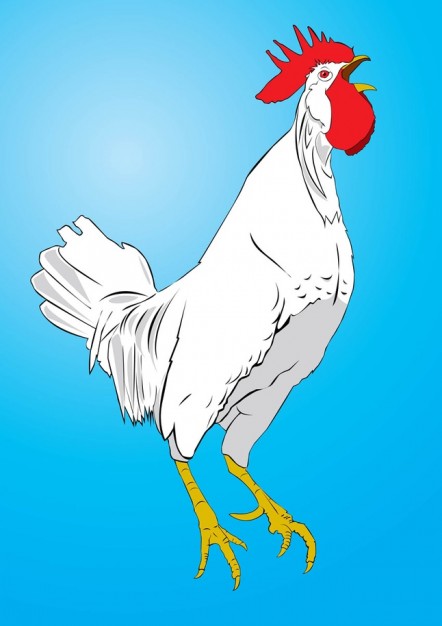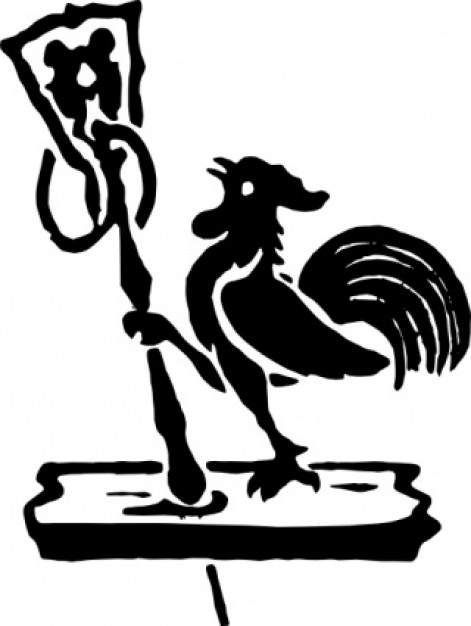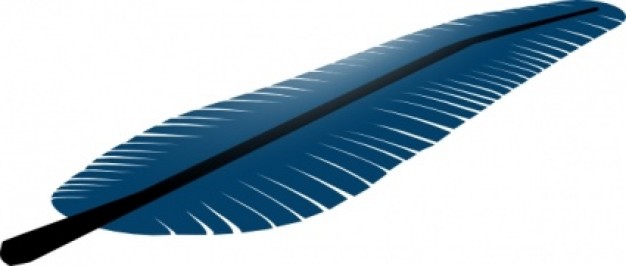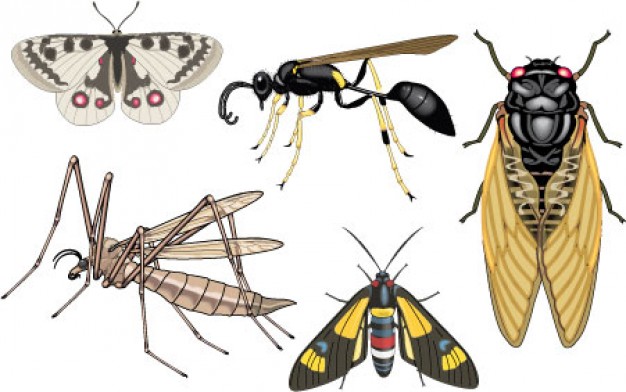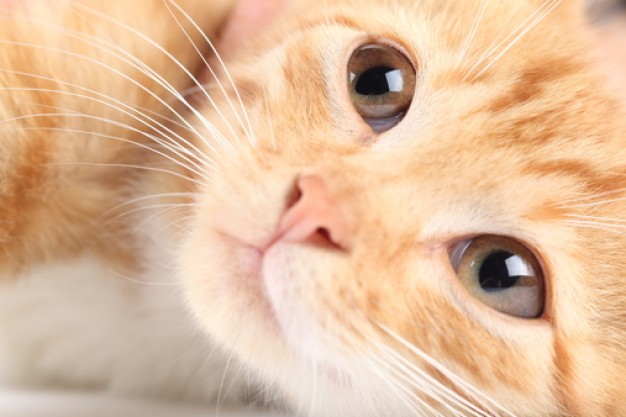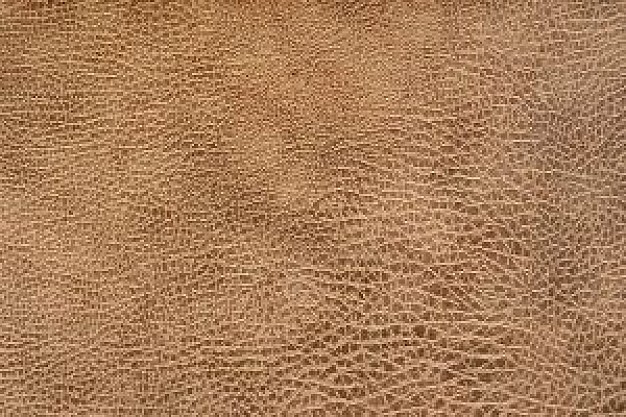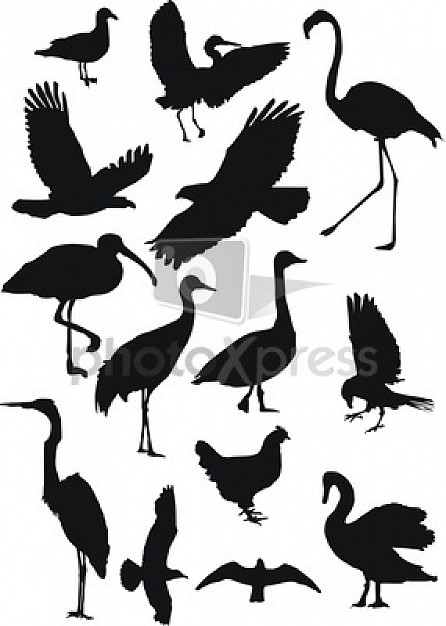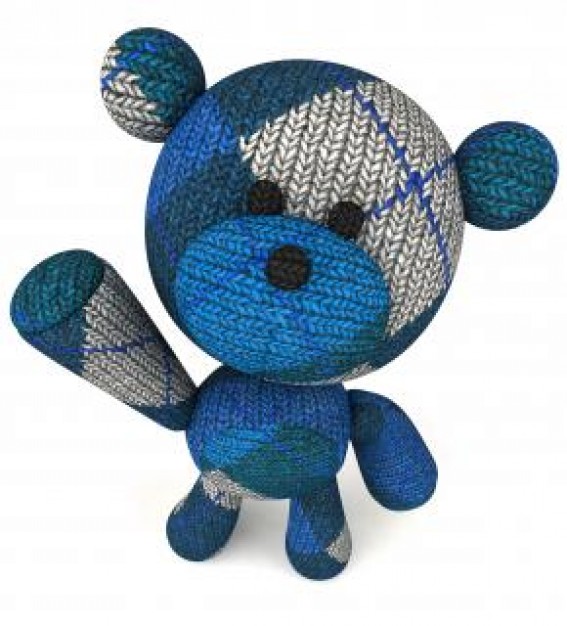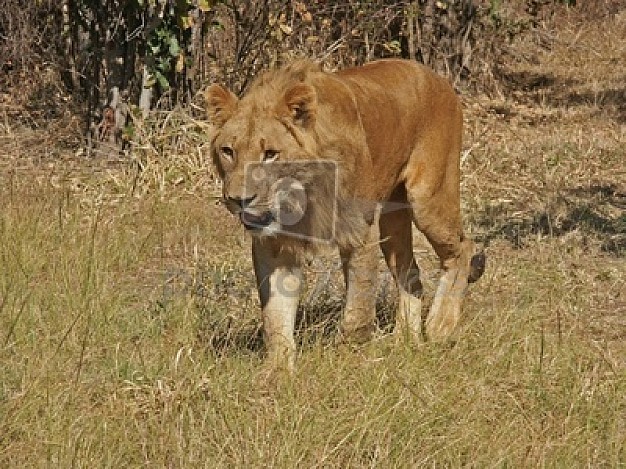claw wiki:
>This article relates to the claw in anatomy. For the 1927 Hollywood motion picture directed by Sidney Olcott, see Claw. A claw is a curved pointed growth found at the end of a toe or finger, or in arthropods, of the tarsus. The claws of arthropods are sometimes called pincers.In tetrapods, claws are made of keratin, and consist of two layers. The unguis is the harder external layer which consists of keratin fibers perpendicular to the direction of growth arranged in layers at an oblique angle; and the subunguis is the softer, flaky underside layer whose grain is parallel to the direction of growth. The claw grows outward from the nail matrix at the base of the unguis, and the subunguis grows thicker while travelling across the nail bed. The unguis grows outward faster than the subunguis to produce a curve, and the thinner sides of the claw wear away faster than their thicker middle, producing a more or less sharp point. Tetrapods use their claws in many ways, commonly to grasp or kill prey, to dig, and to climb and hang.
See more at Wikipedia.org...
